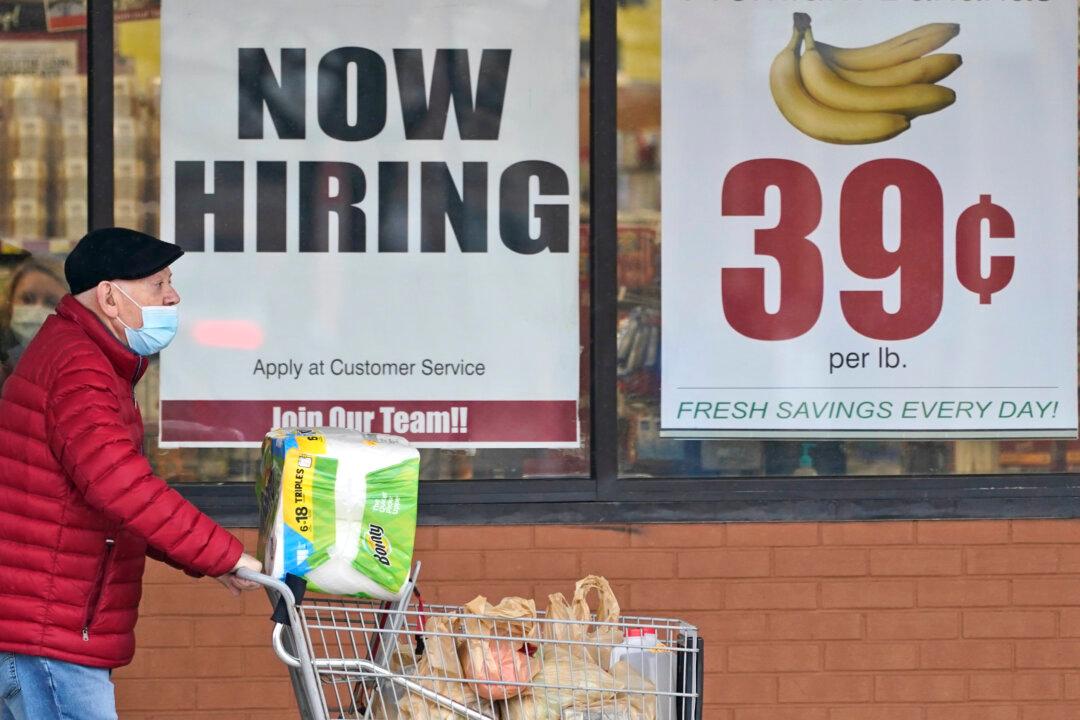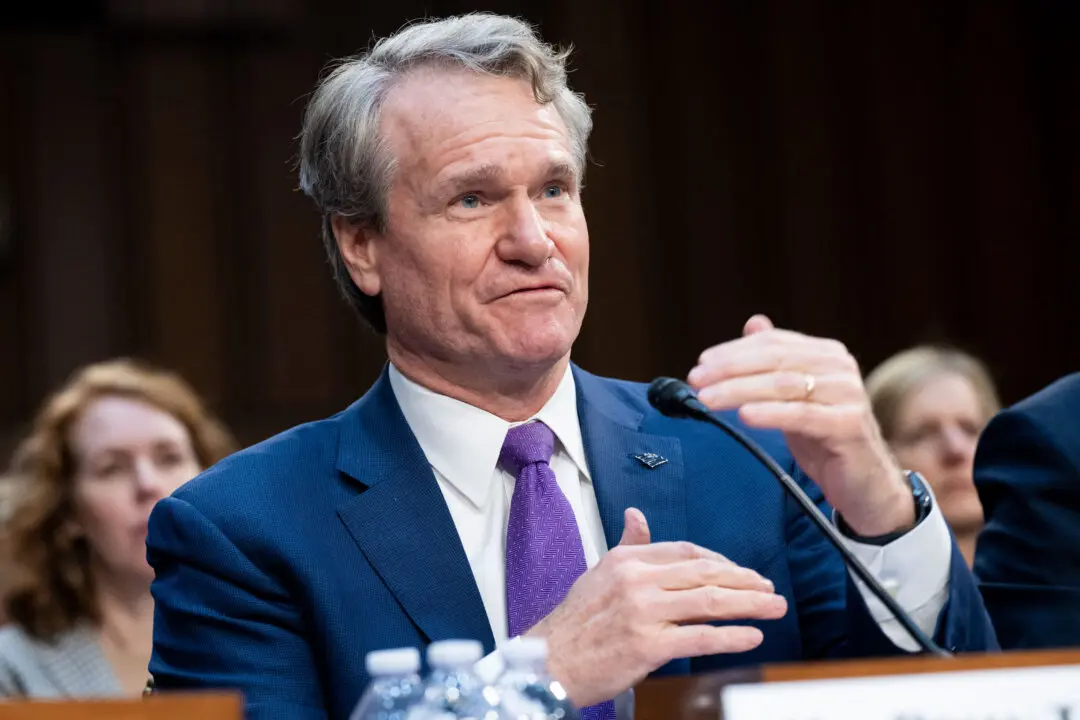Red states, along with Democrat-controlled Vermont, topped the charts in lowest unemployment rates in April, while blue states recorded the highest jobless rates, according to the Commerce Department.
In a May 21 statement, the Commerce Department announced that the top five states with the highest unemployment rates in April were Hawaii at 8.5 percent, followed by California at 8.3 percent, New Mexico and New York both at 8.2 percent, and Connecticut at 8.1 percent. All five states have Democrat trifectas, meaning their governorships and state houses and senates are Democrat-controlled.





